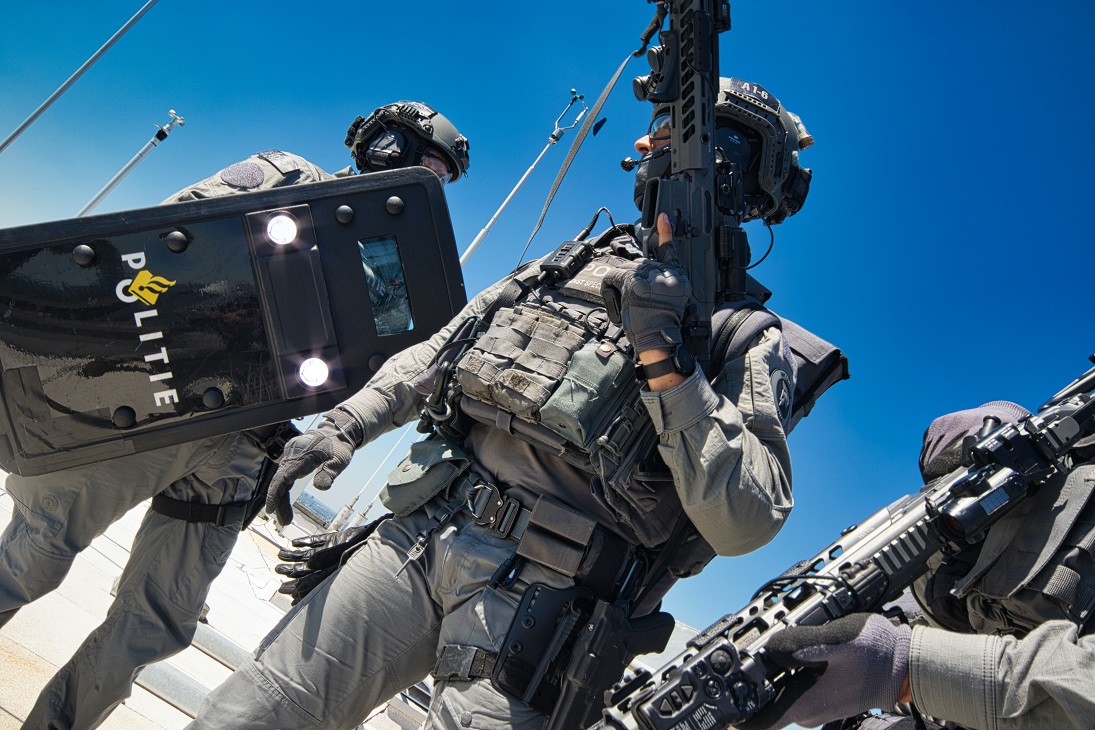Ballistic shields are a crucial tool for law enforcement and military personnel when facing an armed threat. But deploying a ballistic shield isn’t as simple as just grabbing it and running into a dangerous situation. According to the DEA Body Armor Testing Protocols, there are essential steps to take before, during, and after deploying a Ballistic shield. Let’s take a look at what those steps are.
Pre-Deployment Preparation
Before deploying your ballistic shield, you should make sure that you have the right gear for the job. Your ballistic shield must meet or exceeds the minimum requirements of your agency or department so that you have maximum protection in any situation. Additionally, you should inspect your shield before each use to ensure that it is free of damage, dirt, and other debris that could interfere with its performance.
Deployment Techniques
When it comes time to deploy the shield in an active shooter situation or other dangerous confrontations, there are several techniques you can use to maximize protection while also conserving energy. One of the most effective ways to deploy your ballistic shield is by using a two-person technique called “shield stacking” which allows one person to move forward while another provides cover from behind the shield. This technique is especially useful when moving through tight spaces such as hallways or doorways since it eliminates blind spots for both people involved in the maneuver.
Post-Deployment Care
Once you have deployed your ballistic shield safely and effectively, it is important to properly store and clean it afterward. You should inspect the exterior of your shield for any signs of wear or damage before cleaning off any dirt or other debris with warm water and mild detergent. After cleaning, make sure to dry off your shield thoroughly before storing it in a cool dry place away from direct sunlight until its next use.
Deploying and protecting a ballistic shield requires knowledge of proper deployment techniques as well as post-deployment care according to DEA body armor testing protocols. Pre-deployment preparation includes making sure the right gear is used; during deployment techniques such as “shield stacking” can be employed; post-deployment care involves inspecting for wear & tear then cleaning & storing correctly afterward. By following these steps carefully, law enforcement officers & military personnel can ensure they remain safe while protecting their surroundings during any hostile situations they may encounter on duty.
Ballistic shields are a valuable tool for law enforcement and military personnel when facing an armed threat, but they must be deployed correctly to ensure maximum protection. RTS Tactical offers high-quality ballistic shield solutions that meet or exceed the minimum requirements of your agency or department.
For more articles, please click here.

